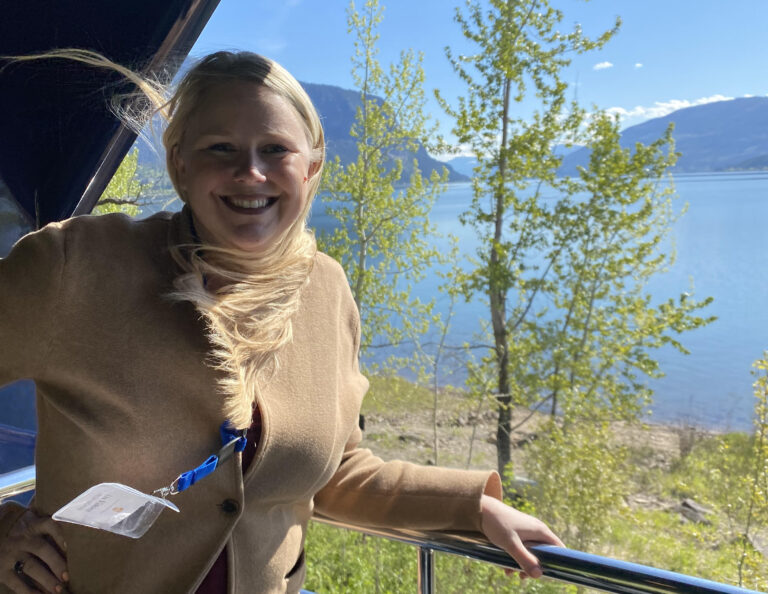We recognize that vacations are not just an investment, but often the highlights of our lives, and we take that responsibility seriously. We want to ensure you have the best vacation experience.
Interested in a job in travel? Click here to learn: How to Become a Travel Agent
Categories: Antimony
The world's largest concentration of natural stone arches (at least 2,000) can be found within Utah's Arches National Park, near Moab (190 mi/305 km southeast of Salt Lake City). The area's geology, combined with wind and water erosion, created these...
Categories: Arches National Park
Located outside of Beaver in the Tushar Mountains, one of Utah's tallest ranges, Eagle Point bills itself as an affordable family snowsport destination. Its 36 trails are a mix of beginner, intermediate and expert terrain, with a halfpipe and signifi...
Categories: Beaver UT
Southeastern Utah contains many structures built by the Anasazi people, and Blanding, 260 mi/420 km southeast of Salt Lake City, makes a good base for exploring them. Some of the best-preserved are in Hovenweep National Monument, which is a collectio...
Categories: Blanding
Utah’s Canyon Country also known as ‘Bluff’ was first a Puebloan community in 650 A.D. This ancient village nestled between sandstone rock art and the San Juan River surrounded with amazing scenic vistas and spectacular canyons. Dur...
Categories: Bluff
Categories: Boulder UT
Brian Head is a town in southern Utah with views of alpine forests, and is known as the city in Utah with the highest elevation. Brian Head Ski Resort is located in Brian Head, and Cedar Breaks National Monument is only 3 miles away.
Categories: Brian Head
At Bryce Canyon National Park, erosion has shaped colorful Claron limestones, sandstones, and mudstones into thousands of spires, fins, pinnacles, and mazes. Collectively called "hoodoos," these colorful and whimsical formations stand in horseshoe-sh...
Categories: Bryce Canyon National Park
Canyon Point falls in the center of the nature lovers’ desert playground: southern Utah. Encircled by red rock national parks, serene desert landscapes and canyons burn fiery oranges and pinks come sunrise or sunset, you’ll find only endl...
Categories: Canyon Point
Canyonlands preserves an immense wilderness of rock at the heart of the Colorado Plateau. Water and gravity have been the prime architects of this land, cutting flat layers of sedimentary rock into hundreds of colorful canyons, mesas, buttes, fins, a...
Categories: Canyonlands National Park
Categories: Canyons
The Waterpocket Fold, a 100-mile long wrinkle in the earth's crust known as a monocline, extends from nearby Thousand Lakes Mountain to the Colorado River (now Lake Powell). Capitol Reef National Park was established to protect this grand and colorfu...
Categories: Capitol Reef National Park
Cedar City is located in Iron County, south of Salt Lake City, Utah, USA. For thousands of years, Cedar City was home to the ancestors of present-day southern Paiute Indians. This city was settled in 1851 by Mormon pioneers who were sent to smelt iro...
Categories: Cedar City
Categories: Deer Crest
Deer Valley is a beautiful upscale ski resort town located in Utah’s Wasatch Mountain Range. It is filled with non-stop outdoor activities for the whole family such as skiing, fine dining, boutique shopping, concerts and lift-served mountain biking a...
Categories: Deer Valley
Categories: Delta
Located 400 mi/650 km southeast of Salt Lake City, Utah's southeastern corner joins three other states, making it the only place in the U.S. where four states share a common point. A monument run by the Navajo (whose reservation encompasses this corn...
Categories: Four Corners UT
Categories: Glen Canyon
The huge, 1-million-acre/404,686-hectare (reduced from 1.7 million acres/687,965 hectares in 2017) Grand Staircase-Escalante National Monument is a remote area of colorful plateaus, canyons and cliffs. It lies southwest of Capitol Reef National Park,...
Categories: Grand Staircase-Escalante National Monument
Categories: Green River
Inhabited for thousands of years by the Paiute people and their ancestors, Ivins welcomed its Mormon brothers and birthed the dream to bring water to the Santa Clara desert. After the construction of an 8-mile canal and a reservoir to store their wat...
Categories: Ivins
Just north of Arizona's State line is a town nicknamed "Little Hollywood" - famous for the filming of western movies and television series. Kanab sits in the Grand Circle, centrally located in the middle of America's greatest 10 sce...
Categories: Kanab
Glen Canyon National Recreation Area (NRA) offers unparalleled opportunities for water-based and backcountry recreation. The recreation area stretches for hundreds of miles from Lees Ferry in Arizona to the Orange Cliffs of southern Utah, encompassin...
Categories: Lake Powell
Located on the banks of the Colorado River, nestled in a fertile green valley between soaring red sandstone cliffs, the town of Moab is truly an emerald in the desert. Moab’s close proximity to several national and state parks has made it a popular d...
Categories: Moab
Located 27 mi/43 km east of Salt Lake City, Park City, Utah, was originally an old mining town, and the area still maintains a frontier feel. Shops, restaurants, lodges, art galleries and lively nightspots are housed in Victorian-style buildings. But...
Categories: Park City
On Utah Lake (the state's largest body of fresh water) and just 40 mi/65 km south of Salt Lake City, Provo is a good base from which to explore a number of scenic attractions and recreation areas, though not necessarily your best choice if a wild tim...
Categories: Provo
Salt Lake City's family oriented culture makes it a perfect getaway destination. The city offers a variety of attractions, amusement centers, and unique attractions & activities to please children of all ages. Salt Lake is also recognized as one of t...
Categories: Salt Lake City
Although it's a bit of a drive from other Salt Lake City ski areas, die-hard skiers shouldn't miss the opportunity to hit the slopes at Snowbasin in Huntsville, Utah, about 40 mi/65 km from Salt Lake City and 17 mi/27 km from Ogden. The powder falls ...
Categories: Snow Basin Ski Area
Located in Little Cottonwood Canyon, Utah's Snowbird Ski & Summer Resort is known for its steep vertical drop and challenging terrain, with two north-facing bowls and one south-facing bowl accessible by several lifts and a huge aerial tram. Lifts con...
Categories: Snowbird
Categories: Solitude
Categories: Springdale
St. George, the county's largest city, lies along interstate 15 with a host of smaller communities that make up Utah's Dixie. The scenic area not only provides easy access to major markets of the western United States, it has become a destination po...
Categories: St. George Utah
Categories: Torrey
Settled in 1878, Vernal sits in the northeast part of Utah, 170 mi/275 km east of Salt Lake City, in the midst of the state's "Dinosaurland" region. The No. 1 dino attraction is Dinosaur National Monument, which lies 10 mi/16 km east of town and exte...
Categories: Vernal
Categories: Wanship
Categories: Washington UT
Categories: Widtsoe
Zion is an ancient Hebrew word meaning a place of refuge or sanctuary. Protected within the park's 229 square miles is a dramatic landscape of sculptured canyons and soaring cliffs. Zion is located at the junction of the Colorado Plateau, Great Basin...
Categories: Zion National Park

































